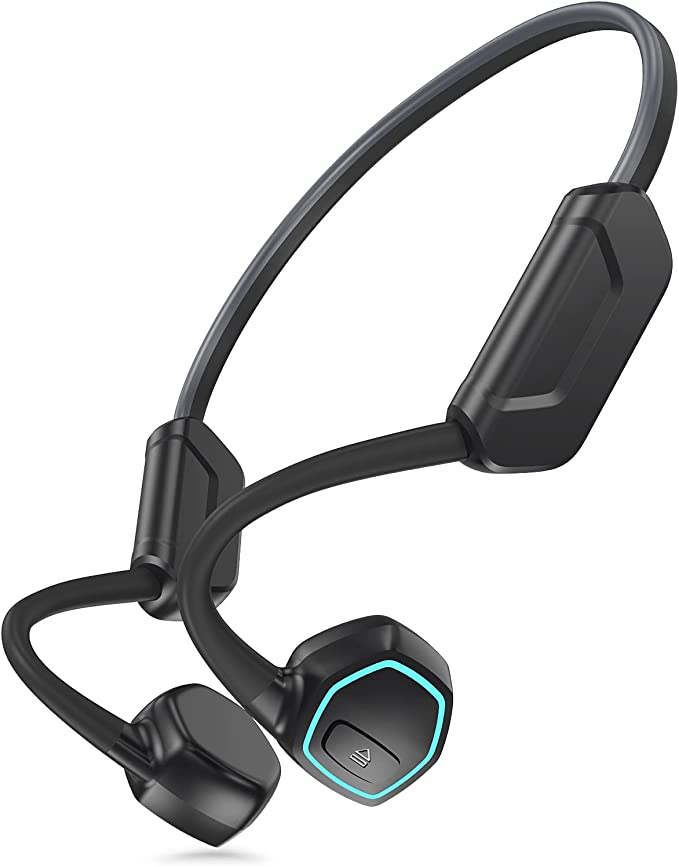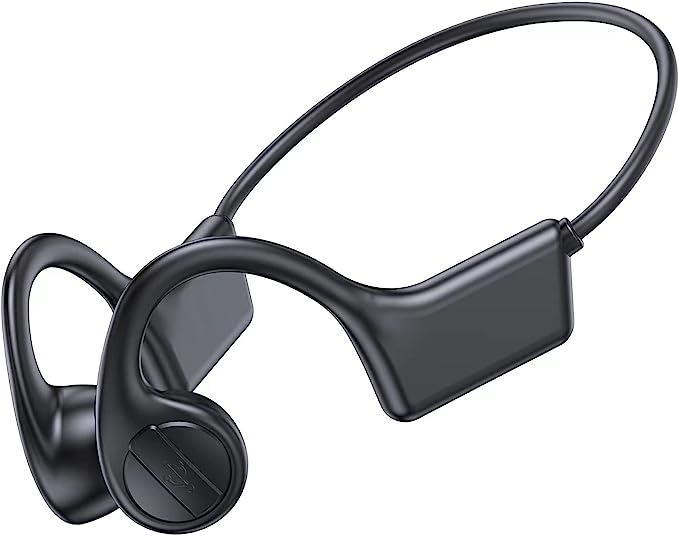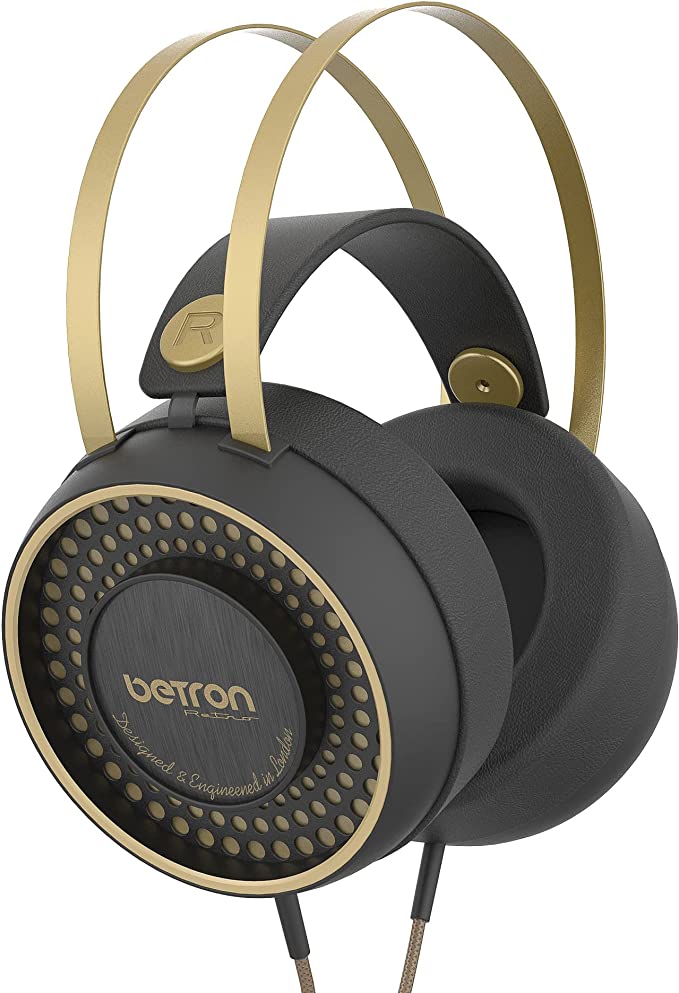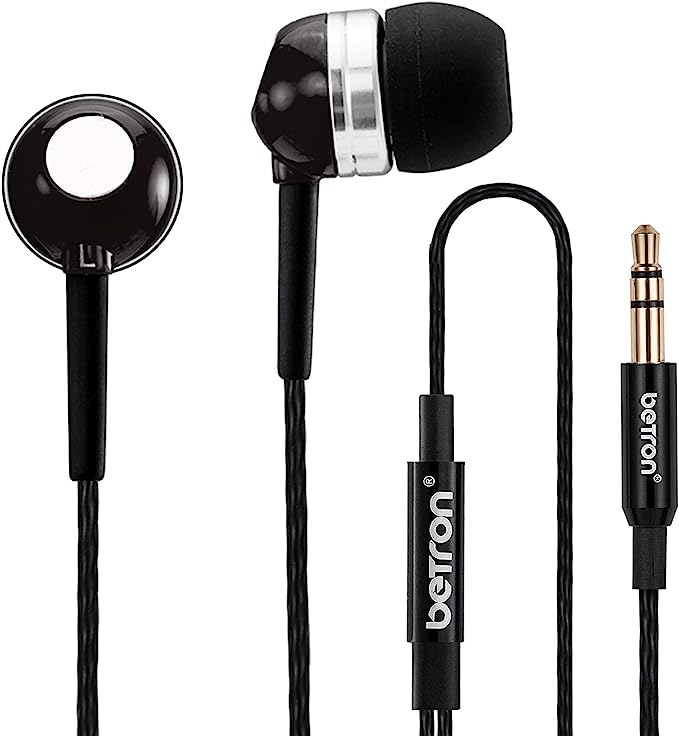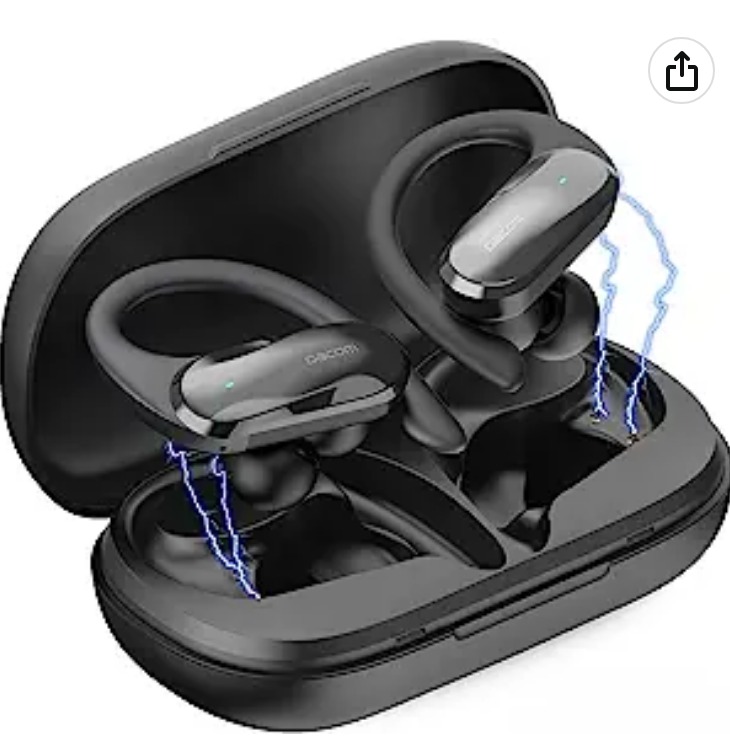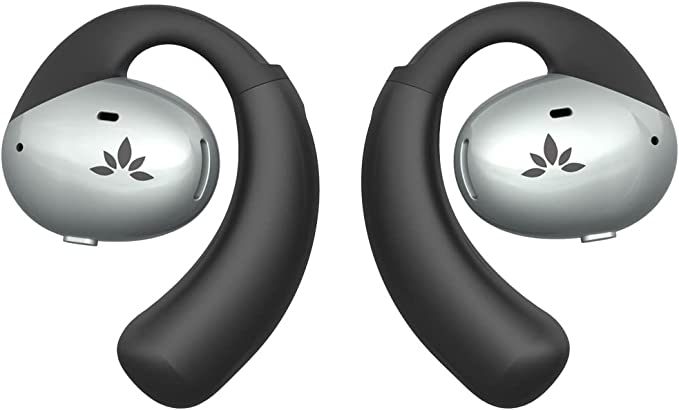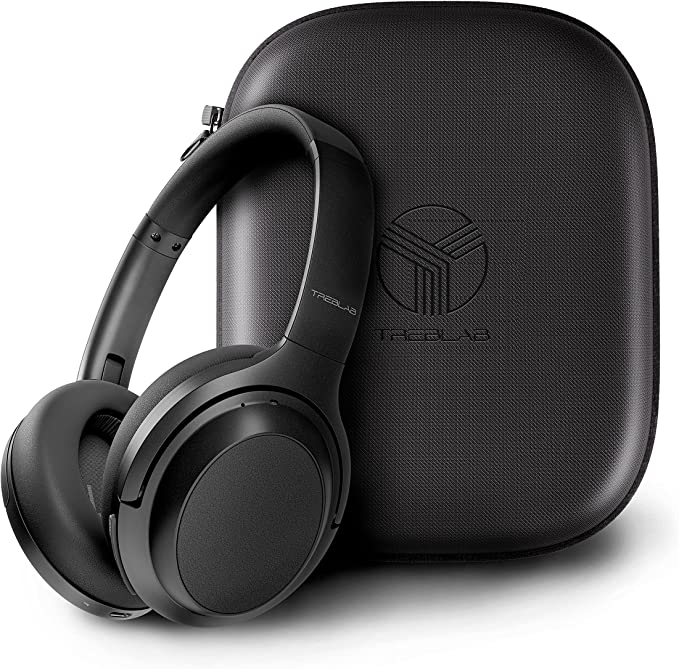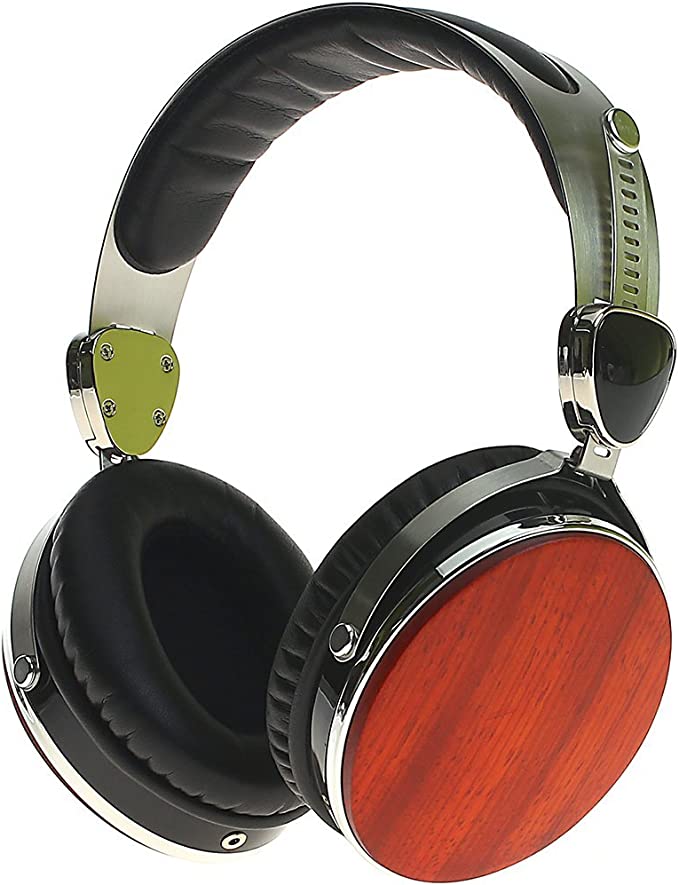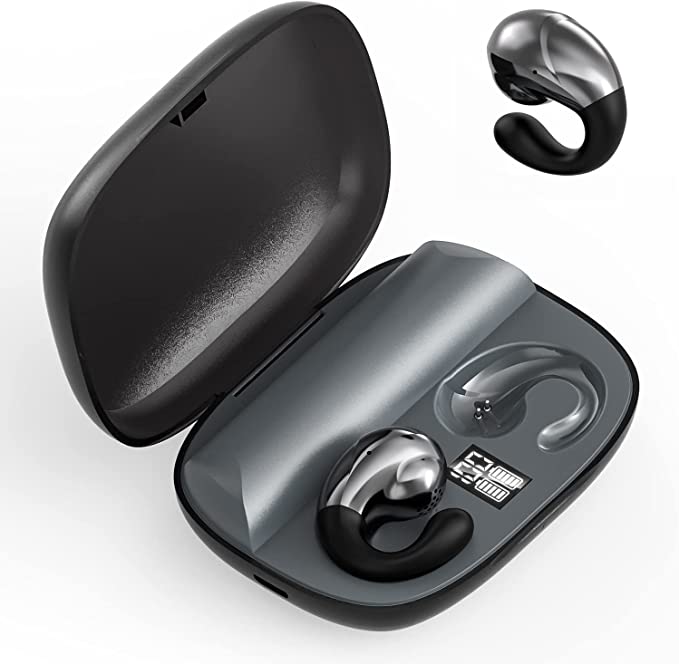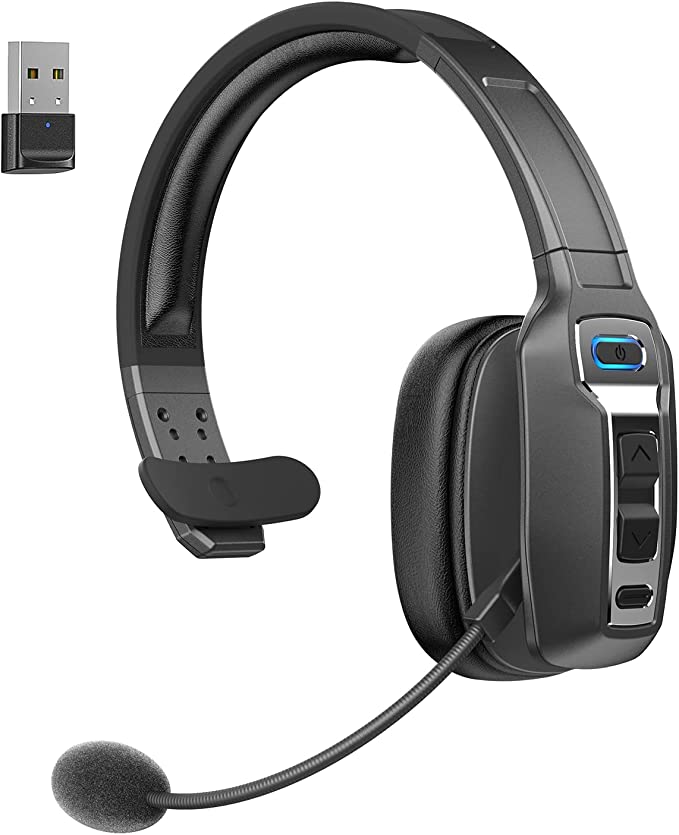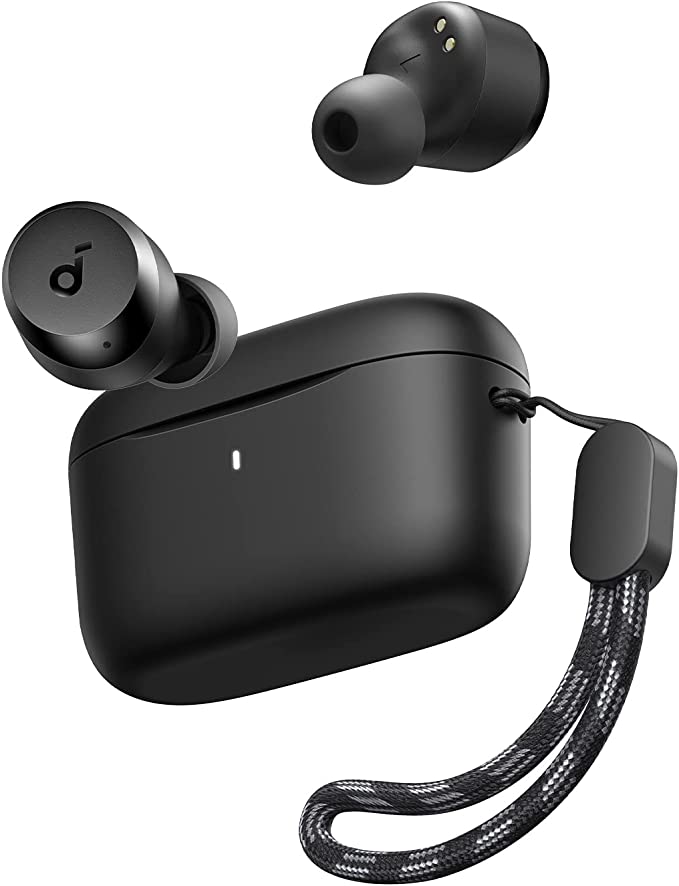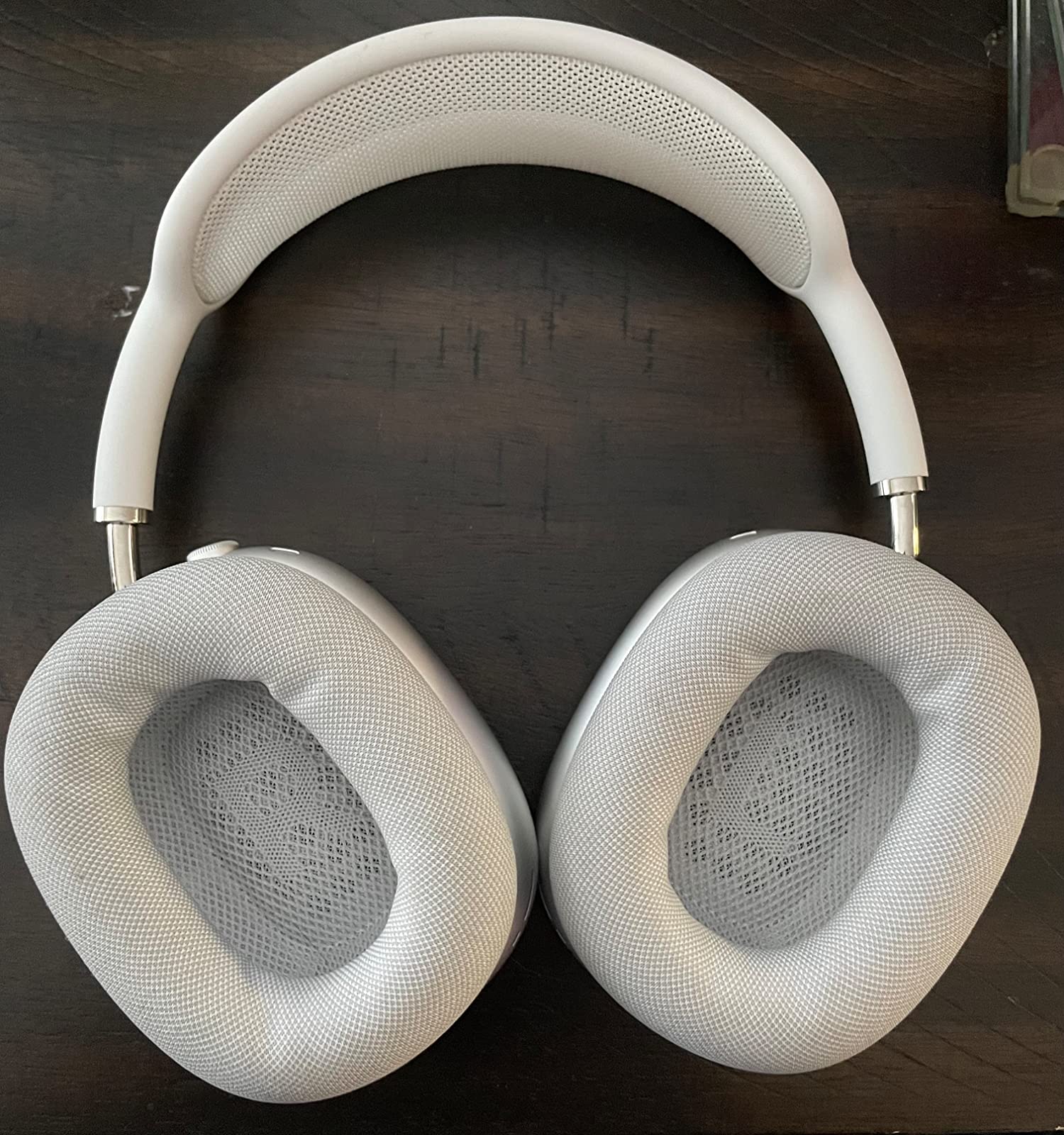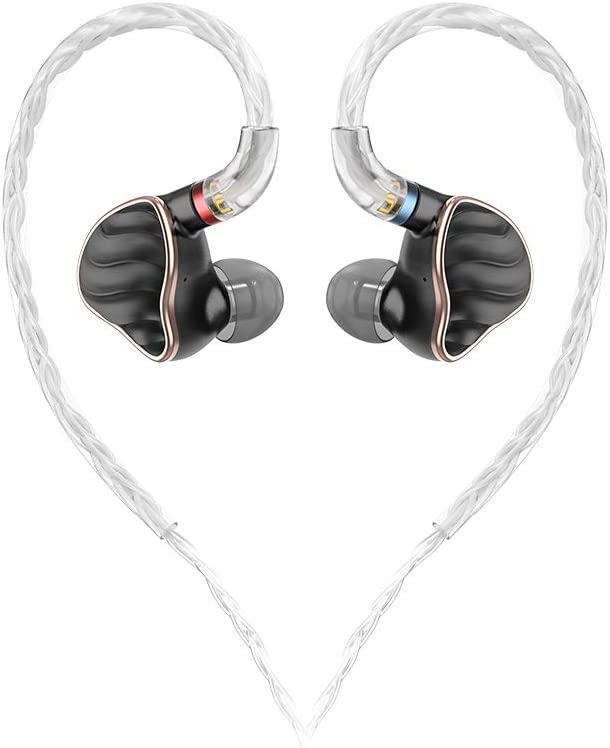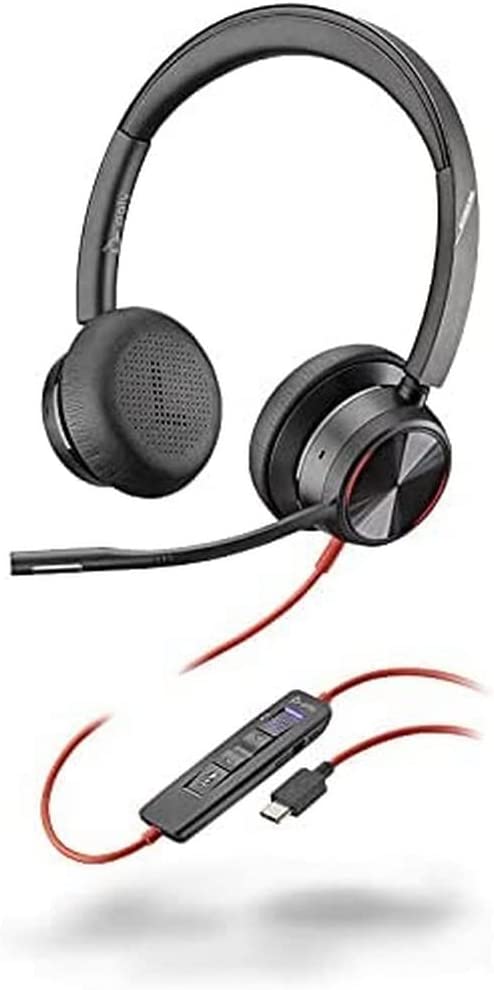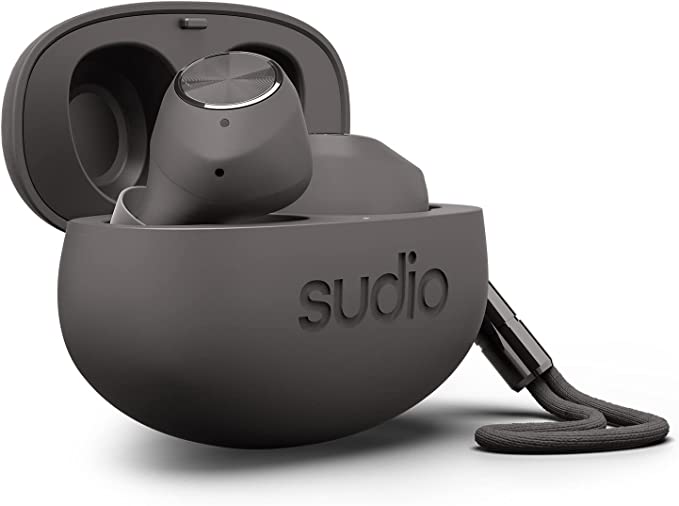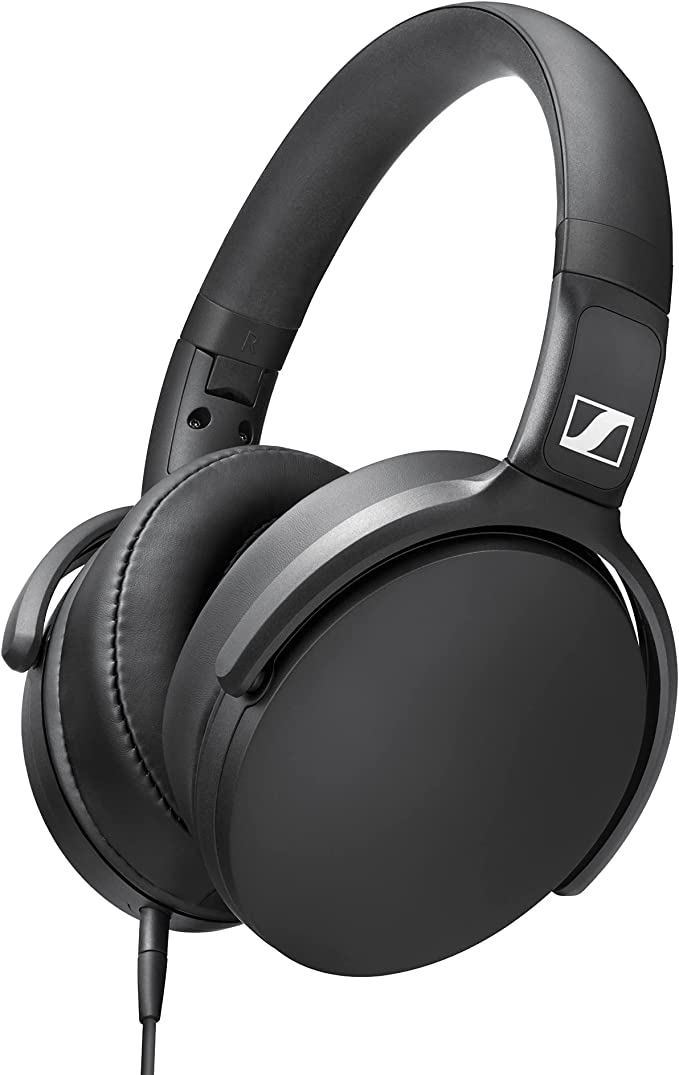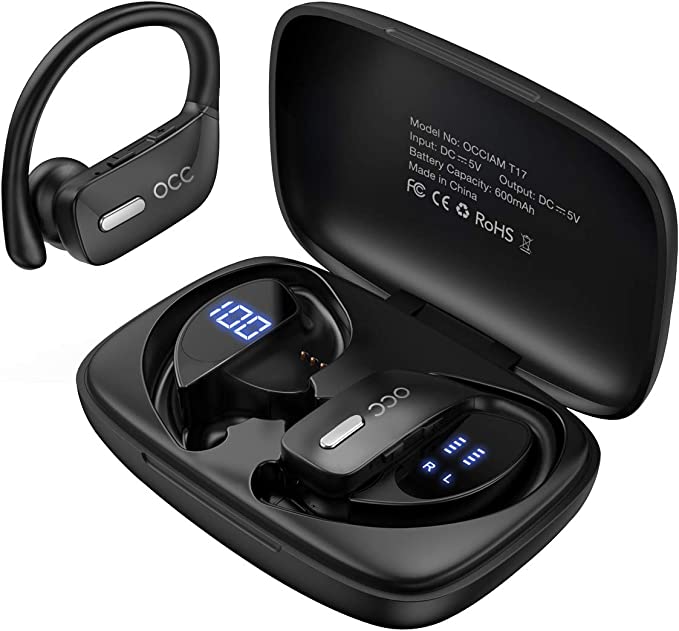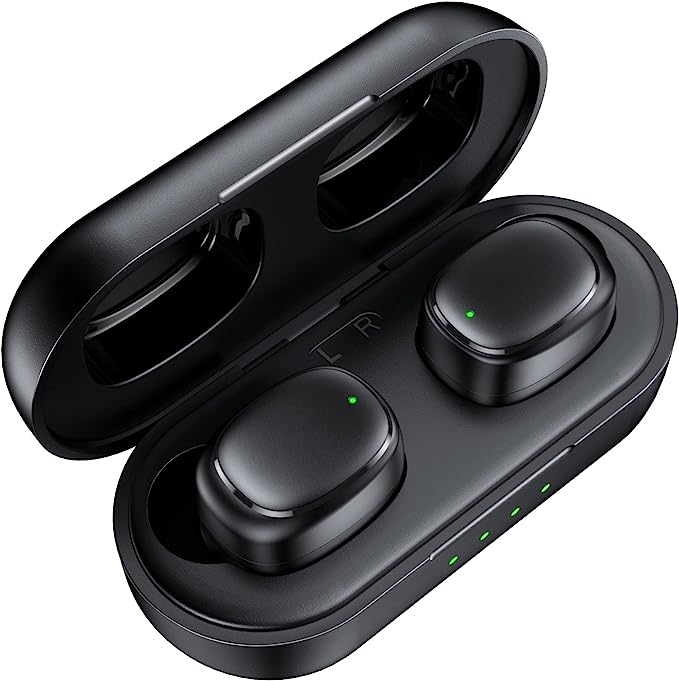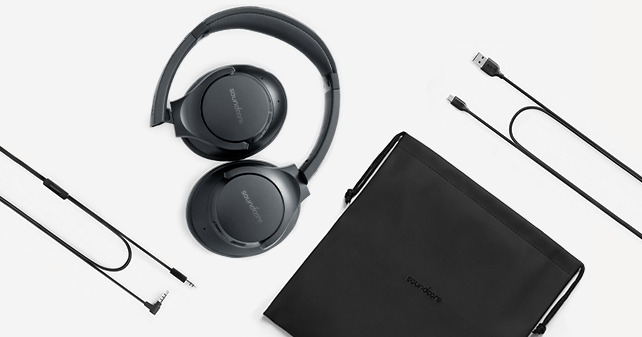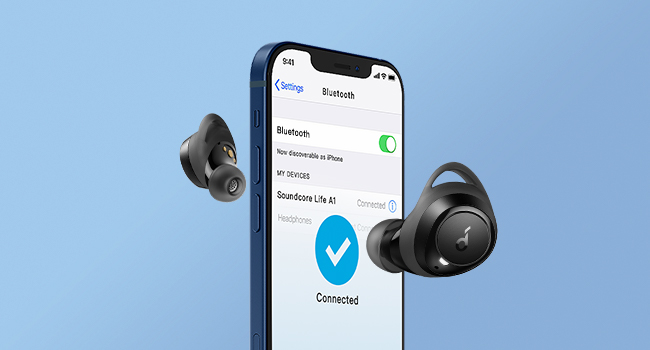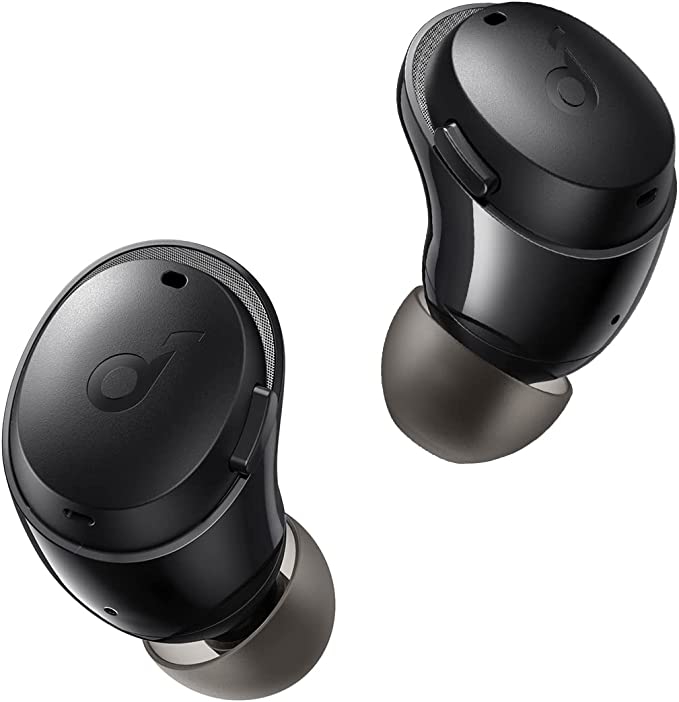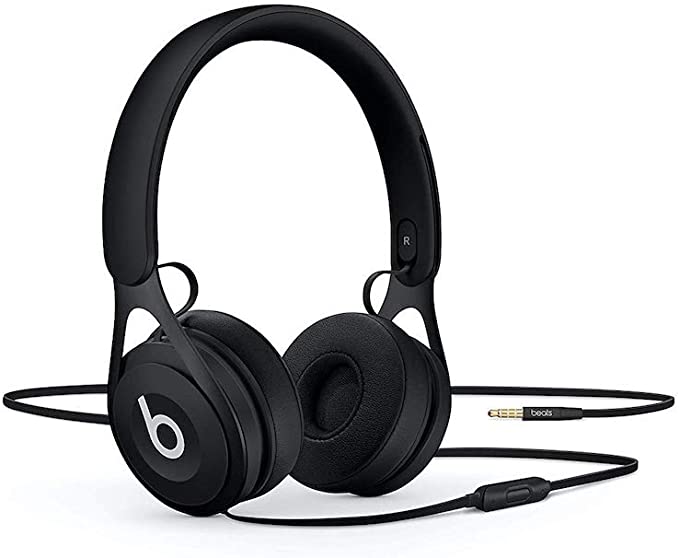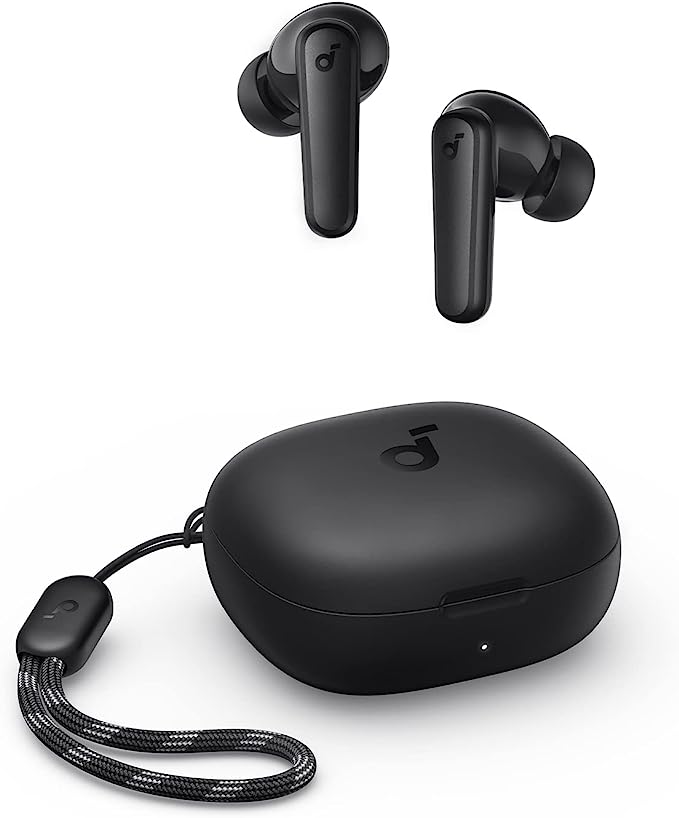Back Bay Audio ClearCall 70 Wireless Headphones: Versatile Work and Music Headset
Update on July 3, 2025, 8:13 a.m.
It wasn’t the words he missed. It was the slight, questioning uptick in his daughter’s voice at the end of her sentence, a delicate signal of uncertainty almost entirely swallowed by the sudden hiss of a passing bus. In that moment, a simple question about her day was answered with a confident “That’s great, honey,” a response that met the words but completely missed the meaning. A connection was frayed. A signal was lost in the noise.

This tiny, everyday tragedy is a perfect microcosm of our modern condition. We live in a world that simply will not shut up. But the problem isn’t just the audible cacophony; it’s a relentless assault on our attention from every direction. This is the challenge of the 21st century: a perpetually low signal-to-noise ratio. In engineering, the Signal-to-Noise Ratio (SNR) is a simple, elegant measure of clarity: the power of the desired signal divided by the power of the background noise. A high SNR means a pure, intelligible signal. A low SNR means a message lost in static.
This technical term has bled into our daily reality. The “noise” is the endless scroll of notifications, the cognitive static of an open-plan office, the constant pressure to multitask. The “signal” is the crucial data point in a report, the nuance in a loved one’s voice, the focused train of thought that leads to a breakthrough. We are living in a low-SNR world, and it is exhausting our minds, a phenomenon psychologists refer to as increasing our “cognitive load.” In this environment, any tool that promises to improve our personal SNR isn’t just a convenience; it’s a lifeline. This brings us to a device like the Back Bay Audio ClearCall 70, not as a piece of hardware, but as a case study in the deliberate engineering of clarity.

Sculpting Sound from Chaos
For decades, the approach to dealing with unwanted sound was brutish: build a thicker wall, use a filter, block everything out. The modern approach, embedded in the ClearCall 70’s microphone, is infinitely more elegant. It’s less like a wall and more like a master sculptor. It practices the art of computational audio.
Imagine the total soundscape entering the microphone as a raw, unrefined block of marble. Within that block lies the perfect statue: the clear, warm, and articulate sound of your voice. The noise—the clatter of the café, the hum of the server rack, the wind against the window—is simply the excess stone that must be removed. The sculptor’s tool is a Deep Neural Network, a complex algorithm that has been meticulously trained on a vast library of sounds. It has spent thousands of hours learning to recognize the intricate patterns, frequencies, and textures of human speech, just as a sculptor learns the grain and character of stone.
When you speak, the AI doesn’t just apply a crude filter. It performs a sort of digital magic, intelligently identifying the sonic contours of your voice and chiseling away everything else. It hears the sharp, percussive transient of a keystroke and knows it is not speech. It identifies the low, steady-state drone of an air conditioner and sets it aside. What remains is the signal, sculpted from the chaos. The detachable boom mic acts as the sculptor’s first and most crucial advantage. By positioning the microphone closer to your mouth, it provides the AI with a richer, more detailed “block of marble” to begin with, making the final sculpture all the more precise.

The Unseen Pillar: An Enduring Signal
A signal, however, must be more than just pure. It must also be reliable. A message that is crystal clear for five minutes and then vanishes is arguably worse than one that was never sent. Here, the pursuit of a high SNR moves from the world of algorithms to the fundamental sciences of chemistry and power management.
The engineering challenge is a classic one: how do you pack endurance into a package that doesn’t become a burden? The answer lies in balancing energy density with efficiency. The headset’s impressive 45-hour battery life is made possible by the high energy density of its internal Lithium-Ion cell, a marvel of modern electrochemistry that stores a tremendous amount of power in a tiny physical space.
But a large fuel tank is useless in a gas-guzzling engine. The other side of the equation is extreme efficiency. Every component, especially the Bluetooth radio, is designed to sip power, not chug it. This combination allows the device to weigh a mere 100 grams—light enough to become an unnoticeable extension of the user—while possessing the stamina to carry a clear signal through an entire work week. An enduring signal is one you can trust, one that doesn’t add the “noise” of battery anxiety to your day.

The Control Panel for Your Reality
Perhaps the most profound way this headset addresses the signal-to-noise problem is by handing the control panel back to the user. This is achieved through two key design philosophies: modularity and fluidity.
The modularity is embodied in the detachable microphone. This is not just a feature; it is a physical manifestation of a mental state-change. Attaching the boom mic is a conscious decision to enter “broadcast mode”—to prioritize the clarity of your outgoing signal for a meeting or call. Detaching it is a ritual, a tangible act of clocking out, of shifting your focus from transmitting to receiving, from work to life. It helps build the boundaries that are so easily erased in a hybrid world.
The fluidity comes from its multipoint Bluetooth capability. This allows the headset to be simultaneously connected to two sound sources, like a laptop and a phone. It’s a solution to a uniquely modern problem of signal fragmentation. Instead of fumbling to switch devices, the headset intelligently prioritizes the active signal. This drastically reduces what psychologists call “attention switching cost”—the mental energy we burn every time we are forced to disengage from one task and re-engage with another. It allows for a seamless flow, letting you, the user, decide which signal—the work presentation or the family call—deserves your focus at any given moment. You are the master of the signal path.

Conclusion: Finding the Signal Within
We began with a signal lost—a moment of human connection missed because of noise. Technology, when thoughtfully applied, can provide powerful tools to prevent this. A device like the ClearCall 70 is a testament to how the principles of acoustic engineering, artificial intelligence, and ergonomic design can converge to solve a deeply human problem. It offers a way to sculpt our signal from the chaos, to ensure it endures, and to give us control over the cacophony.
But no technology can make the final choice for us. The quest for clarity doesn’t end with a better headset. It ends with a more focused mind. The ultimate act of improving our life’s signal-to-noise ratio is an internal one. It is the conscious decision to put the phone down during dinner, to close the unnecessary tabs, to truly listen not just for the words but for the fragile, meaningful signals they carry. The tools can help us clear the channel, but we are the ones who must choose what signal to send, and more importantly, which ones are worth receiving.


